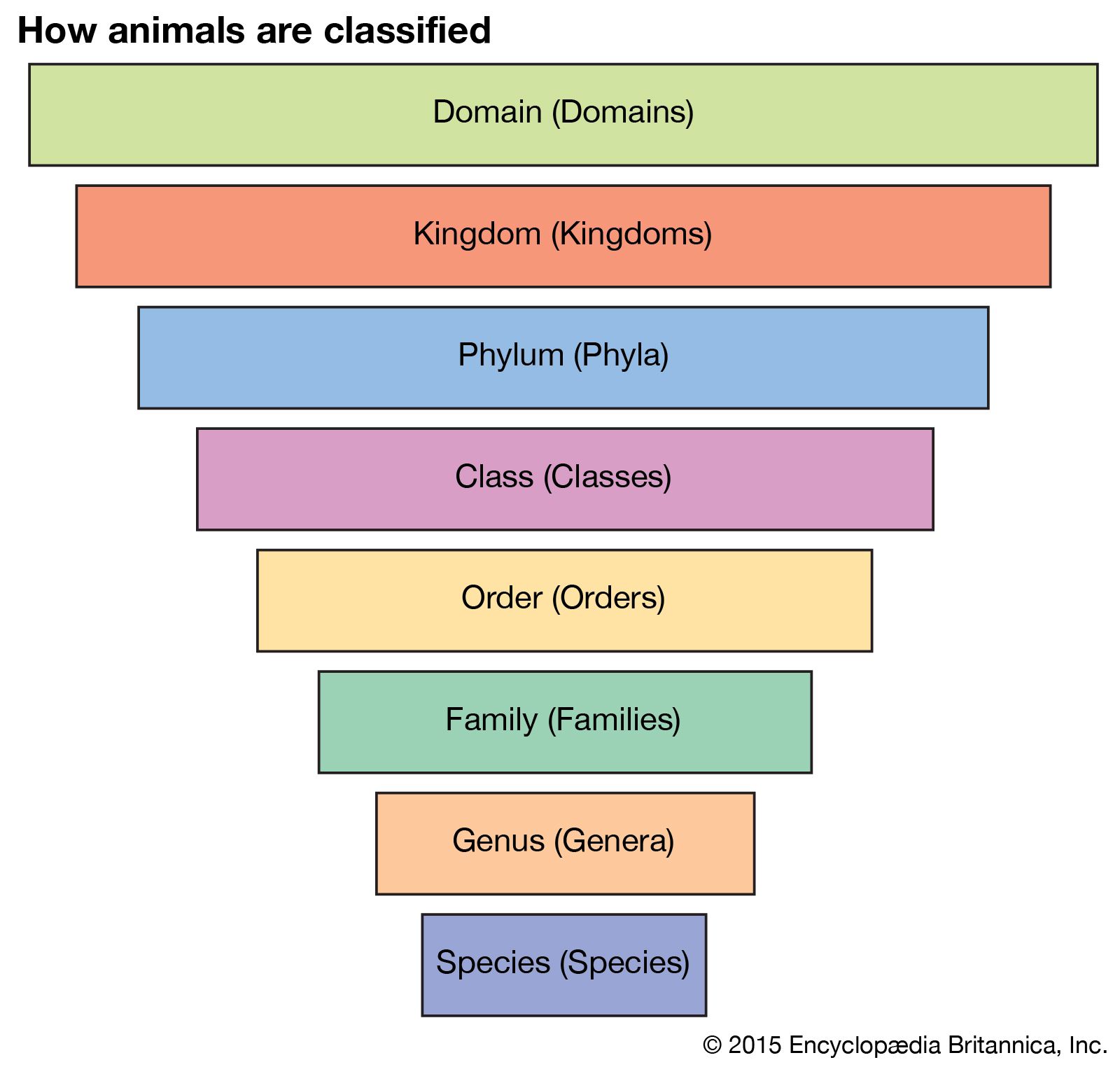Classification systems, although deeply rooted in the natural sciences, have ramifications that extend into cultural anthropology, particularly when examining the human species through a lens colored by cultural relativism. At the core of this examination lies the hierarchical structuring of living organisms in biology, spanning from the broad Kingdom classification down to the specific Species designation. This article explores the classification levels of Homo sapiens, viewed through the prism of cultural relativism, offering a nuanced understanding of the implications of this taxonomy.
Kingdom: Animalia
At the most expansive level of classification, humans are placed within the Kingdom Animalia—an umbrella characterizing multicellular organisms that are heterotrophic, typically exhibit mobility at some life stage, and possess specialized nervous systems. This classification invites us to consider the shared traits all animals possess, prompting a reflection on what it means to be part of a broader biological community. In analyzing human cultures, we find diverse interpretations of humanity’s relationship to the animal kingdom, ranging from those that embrace animalism—acknowledging kinship with other sentient beings—to ideologies that elevate human beings above the rest of creation.
Phylum: Chordata
Moving down the taxonomic hierarchy, humans are categorized under the Phylum Chordata, distinguished by the presence of a notochord, dorsal nerve cord, and pharyngeal slits at some stage of development. This classification speaks to the evolutionary lineage humans share with other vertebrates, such as mammals, birds, and reptiles. Cultural relativism underscores the implications this delineation has on various cultural practices and beliefs. For instance, cultures that derive discourse from totemic affiliations might interpret the shared traits of Chordata in terms of ancestral reverence, lending credence to the belief that certain animals embody spiritual significance or ancestral spirits.
Class: Mammalia
The Class Mammalia further articulates humans’ affinities with warm-blooded, hair-covered organisms that nourish their offspring via milk. Examining different cultures reveals varying relationships between humans and other mammalian species, from domestication practices in agrarian societies that regard livestock as vital to sustenance and survival, to more reverent traditions that venerate specific mammals as symbols of strength, wisdom, or fidelity. Cultural relativism emphasizes that these relationships are not merely practical; they are imbued with narratives that construct cultural identity and value systems.
Order: Primates
Within the Order Primates, the unique cognitive and social capabilities of humans becomes evident. This classification includes apes, monkeys, and lemurs, all of which exhibit social structures and use complex communication systems. The idea of cultural relativism invites an inquiry into how different societies perceive their connection to primates. For some cultures, the cognitive abilities shared amongst primates foster a profound empathy toward these relatives, whereas others might adopt hierarchical perspectives that situate humans exclusively at the pinnacle of intellectual capability. This divergence demonstrates how cultural contexts can shape attitudes toward not only fellow humans but also our closest biological relatives.
Family: Hominidae
As members of the Family Hominidae, or great apes, humans are biologically linked to gorillas, orangutans, and chimpanzees. Anthropologists note that cultural interpretations of this familial classification can engender a spectrum of responses regarding notions of self and identity. Cultures that celebrate ancestral connections may emphasize the significance of being part of the Hominidae family to reinforce narratives of collective evolution. Conversely, in societies where anthropocentrism is prevalent, attempts to distance humans from other hominids may manifest in cultural expressions that emphasize uniqueness and superiority, distancing human experiences from shared evolutionary histories.
Genus: Homo
The Genus Homo encompasses several extinct human species, with Homo sapiens being the sole surviving representation. Cultural relativism becomes particularly critical here, as the designation of Homo suggests both biological and cultural evolution. Societies that acknowledge the continuum of human development often draw upon the attributes of ancestral Homo species to cultivate pride in cultural heritage. Simultaneously, this classification raises questions about the implications of whether or not modern civilizations perceive non-Homo sapient species as legitimate inhabitants of human civilization or as markers of evolutionary “failure.” Such contrasting views underscore the dynamic interplay between classification and cultural values.
Species: Homo sapiens
Finally, at the most specific level, humans are classified as Homo sapiens, which translates to “wise man.” The term encapsulates not just biological traits, but also encompasses the cognitive and cultural modalities that distinguish Homo sapiens from other species. Diverse cultures interpret this label through their own historical narratives—some may view it as a badge of honor while others challenge its implications, particularly in the face of modern crises. The term “sapiens” evokes a sense of intellectual superiority; however, cultural relativism prompts critical questions about what constitutes ‘wisdom.’ Is it rigidity in thought or the ability to adapt? This consideration leads to a deeper inquiry into how various cultures conceive of intelligence and wisdom, blending biological classification with socio-cultural evaluation.
In conclusion, the classification levels from Kingdom to Species provide a structural understanding of the human organism, yet these taxonomic boundaries are continually reshaped by cultural perspectives. Recognizing the influence of cultural relativism reminds us that biological classifications are not merely scientific labels; they are interwoven with narratives that reflect human experience, beliefs, and values. Ultimately, this multifaceted approach cultivates a greater appreciation for the diversity of human culture while acknowledging our shared biological heritage.
